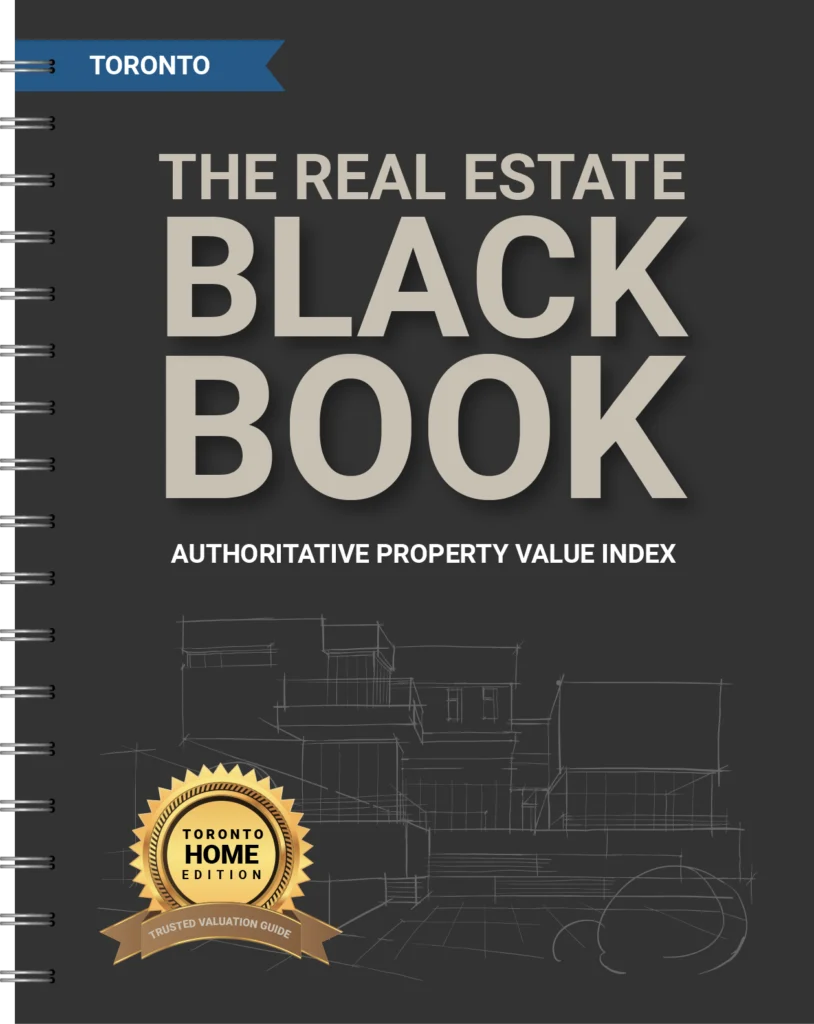An unprecedented rise in inventory levels in Toronto could potentially lead to a decline in property prices by winter 2024. For buyers, this shift presents a unique opportunity, while for sellers, it raises concerns about potential losses and longer listing periods. Understanding how these high inventory levels impact Toronto property prices is crucial for anyone involved in the real estate market. This blog will explore the factors driving the inventory surge, its effects on property prices, and the potential outlook for the winter season, with a possibility of a rebound in 2025.
The Current Inventory Situation in Toronto
Toronto’s property market has witnessed a significant increase in high inventory levels over the past year, reaching its highest levels since 2008. In August 2024, active inventory across the Greater Toronto Area (GTA) rose by 46% compared to the previous year. This surge is driven by several factors, including a slowdown in sales, an increase in new listings, and a high number of condo completions.
- Active inventory across the GTA rose by 46% year-over-year.
- Slowdown in sales and increased new listings.
- High number of condo completions.
According to the Toronto Regional Real Estate Board (TRREB), the number of new listings in August 2024 increased by 1.5% year-over-year, while the overall number of homes sold declined by 5.3% compared to the same period last year. With more homes entering the market and fewer buyers, the imbalance between supply and demand has created an environment where buyers have more negotiating power, resulting in stagnant or declining prices across many property types.
How High Inventory Levels Impact Property Prices
The correlation between high inventory levels and property prices is well-documented in real estate economics. When supply significantly outweighs demand, sellers often need to lower prices to make their properties more attractive to buyers. This is precisely what’s happening in Toronto. The average property in the city now stays on the market for 25 days, up from 24 days in July 2023, indicating a slowdown in buyer interest.
- Supply significantly outweighs demand.
- Sellers are lowering prices to attract buyers.
- Average property now stays on the market for 25 days.
Additionally, the sales-to-new listings ratio (SNLR) in Toronto dropped to 40% in August 2024, a figure that typically signals a buyer’s market. In such conditions, property prices tend to soften as sellers are compelled to offer more competitive pricing or additional incentives to attract buyers.
Effects of High Inventory Levels on Different Property Types
High inventory levels are impacting different types of properties in various ways:
Condo Apartments: The condo segment has been hit particularly hard. With new condo completions adding to the inventory glut, condo prices have decreased by 2.2% compared to last year, with the average price now standing at $718,698. This trend is expected to continue as more investor-owned condos enter the market.
Detached Homes: The average price of detached homes in Toronto has dropped to $1,425,927, a decrease of 3.7% from the previous month. Detached homes are particularly sensitive to high inventory levels due to the significant financial investment required.
Freehold Townhomes: Freehold townhomes, often seen as a middle ground between condos and detached homes, have also experienced a slight price decrease of 1.3% year-over-year. With increased options available, buyers have more room to negotiate, resulting in lower prices across this segment.
Factors Contributing to High Inventory Levels
Several factors have contributed to the current high inventory levels in Toronto’s property market:
Increased New Listings: The number of new listings entering the market continues to outpace the number of sales. In August 2024 alone, there were 12,547 new listings, up 1.5% from the previous year. This influx of new properties has led to a build-up of unsold inventory.
Economic Uncertainty: With rising unemployment rates and slow economic growth, consumer confidence has taken a hit. Buyers are more cautious, preferring to wait and see how the market unfolds rather than rushing to make a purchase.
Investor Hesitation: Many investors, who once drove demand for condos and other properties, are now holding back. With interest rates still relatively high and carrying costs outweighing rental income in many cases, the incentive to invest in new properties has diminished. This has resulted in an oversupply of investor-owned units, particularly in the condo segment.
Potential Price Declines by Winter 2024 Due to High Inventory Levels
Given the high inventory levels and the current market dynamics, many experts predict that Toronto property prices could decline further by winter 2024. The average home price in Toronto stood at $1,087,436 in July 2024, a 7.4% decrease from the previous month, and the situation could worsen if inventory levels continue to rise without a corresponding increase in buyer activity.
- Average home price in July 2024: $1,087,436.
- 7.4% decrease from the previous month.
The Bank of Canada’s recent interest rate cuts have provided some relief, but it may not be enough to significantly boost demand in the near term. With more interest rate cuts expected later this year, buyers might be encouraged to enter the market, but this could take several months to materialize. In the meantime, prices could soften as sellers try to offload properties before the traditionally slower winter season. There is a potential for a rebound in 2025 if economic conditions stabilize and demand begins to rise again.
What High Inventory Levels Mean for Buyers and Sellers
For Buyers: The current high inventory levels present a unique opportunity. Buyers can afford to be more selective and negotiate better deals as sellers become more motivated to close. If inventory levels continue to rise, this trend could lead to further price drops, making it an ideal time for buyers to enter the market.
For Sellers: Sellers need to adjust their expectations in a market with high inventory. Strategies such as more competitive pricing, offering incentives like flexible closing dates, or even investing in minor upgrades to make properties stand out can help attract buyers. With the winter season approaching, holding out for a high price may not be a viable option, as the market is expected to favour buyers even more strongly.
Future Outlook: High Inventory Levels and Potential Rebound in 2025
As winter approaches, Toronto’s property market could see a continuation of these trends. If the Bank of Canada continues to lower interest rates and economic conditions stabilize, demand might increase, absorbing some of the excess inventory and stabilizing prices. However, if high inventory levels remain elevated and demand does not pick up, further price declines are likely.
With inventory levels at their highest since 2008 and buyer activity still subdued, the outlook for Toronto property prices remains uncertain. A potential rebound could occur in 2025 if economic conditions improve and the high inventory levels begin to decrease. Both buyers and sellers need to stay informed and be prepared to adjust their strategies as market conditions evolve.
Conclusion
Toronto’s high inventory levels are a key factor influencing property prices in 2024. As supply continues to outstrip demand, prices are likely to decline further by winter. For buyers, this is an ideal time to explore the market and negotiate favourable terms, while sellers need to adapt to the changing dynamics. Staying informed and proactive will be essential as the Toronto property market navigates these uncertain waters, with a possible rebound on the horizon in 2025.



